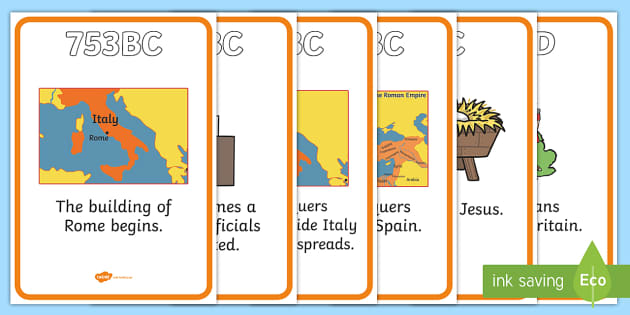

He works all things according to his plan ( 9:1–11:36). The period between Augustus and Diocletian is called High Empire, while the Low Empire is the era between Diocletian and the fall of the Roman Empire in the West. The power of the Senate was limited and became an organ to support the emperor. By the power of the Holy Spirit, those who have died with Christ live a new life ( 2:25–29 6:1–7:6 8:1–39). The Roman Empire began with the reign of Emperor Augustus.Those who are in Christ Jesus have a sure hope of future glory ( 5:1–8:39).From 138 AD until 284 AD, there were 32 more emperors.

Hadrian - Hadrian built Hadrian's Wall in Britain, to prevent the Picts from invading Roman Britain. The atoning death of Jesus Christ is central to God’s plan of salvation ( 3:21–26 4:23–25 5:6–11, 15–19 6:1–10 7:4–6 8:1–4). Under Trajan, the Roman Empire was at its largest size ever.With the coming of Jesus Christ, a new age of redemptive history has begun ( 1:1–7 3:21–26 5:1–8:39).Through the righteousness of God, sin is judged and salvation is provided ( 3:21–26 5:12–19 6:1–10 7:1–6 8:1–4).The Mosaic law is good and holy, but only Christ can remove sin and overcome its power ( 2:12–29 3:9–20 5:20 7:1–25 9:30–10:8).Over time, several ancient emperors and kings ruled the region - from Nero the mad tyrant to Vespasian who built the historic Roman Colosseum, Titus who destroyed the temple in Jerusalem to Marcus Aurelius, the philosopher. Augustus Ceasar was the first Roman Emperor of the Roman Empire. All people are sinners and need to be saved from their sin ( 1:18–3:20 5:12–19). The death of the notorious dictator Julius Caesar marked the end of the Roman Republic and the beginning of the Roman Empire.Paul longs for the Gentiles to become obedient Christians for the sake of Christ’s name ( 1:5). He took the name Gaius Julius Caesar Octavianus (Octavian) in. The ultimate goal of preaching the gospel is the glory of God ( 11:33–36). Emperor Augustus of Rome was born with the given name Gaius Octavius on September 23, 63 B.C. He also wanted the church in Rome to become the base of operations from which he could proclaim the gospel in Spain ( 15:22–24). Paul wrote Romans to unite the Jewish and Gentile Christians in Rome in the gospel. In the cross of Christ, God judges sin and at the same time shows his saving mercy. He probably did this while he was in Corinth on his third missionary journey, in a.d. The apostle Paul wrote to the Christians in Rome. Family trees of every emperor from Augustus to the fall of Rome in the West and to Justinian the Great in the East Timeline of the Roman history Explanation.


 0 kommentar(er)
0 kommentar(er)
